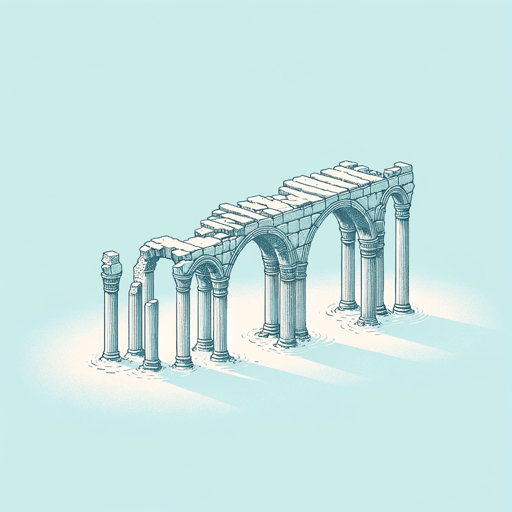26 pages • 52 minutes read
Stephen Vincent BenétBy the Waters of Babylon
Fiction | Short Story | YA | Published in 1937A modern alternative to SparkNotes and CliffsNotes, SuperSummary offers high-quality Study Guides with detailed chapter summaries and analysis of major themes, characters, and more.
Symbols & Motifs
Dead Places
In “By the Waters of Babylon,” the Dead Places represent the distant past that was forgotten and turned into legend by the Hill People. History is important in this story because it is the basis for the rules and spiritual practices in the community even though they seem to know very little truth about it. The Dead Places are one of the first things the reader learns is forbidden in the community of the Hill People. Though these places are mysterious and prohibited for the characters in the story, descriptions quickly reveal to the reader that these spaces are simply the normal homes and residences of people that have been abandoned in this postapocalyptic fictional world. These Dead Places, houses and areas that were once occupied, often contain decaying bodies, rotting food, and other dangerous items, which may contribute to the logical reasons behind the spiritual rules about avoiding these areas.
Place of the Gods
The Place of the Gods symbolizes the power of myth and legend to inspire fear. This setting is the most elusive and forbidden area of all for the Hill People. They believe it to be the former dwelling place of the gods, much like Mount Olympus in Greek mythology, and the location of the Great Burning, which destroyed them.


